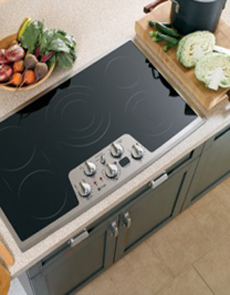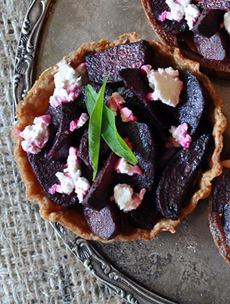|

[1] Chicken cacciatore served with pasta (photo © Evan Joshua Swigart | Wikimedia).

[2] Classic Chicken Cacciatore (photo © Australian Chicken Federation).

[3] If you want to save money, buy a whole chicken and quarter it yourself (photo © Good Eggs).
|
|
October 15th is National Chicken Cacciatore Day.
Chicken cacciatore (cah-cha-toe-ray) is Italian country fare. Cacciatore means hunter, so the dish is “hunter-style” (in Italian, pollo alla cacciatora).
The recipe is below.
CHICKEN CACCIATORE HISTORY
For families who lived on farms or elsewhere in the country, dinner was often a hare, pheasant or other animal shot in the surrounding woods.
The game that the hunter brought home that day (father, son, farm hand) was braised in olive oil with garden vegetables.
Remember, back in the day before refrigeration, in most homes kitchens weren’t stocked with more fresh food than could be eaten in the short-term.
In the country, people ate off the land, from what they grew or gathered.
In towns and larger communities, small stores or market days provided broader options.
The game was served in a light tomato sauce made with garlic, herbs, onions and bell peppers, plus wild mushrooms and a bit of wine (white wine in the north, red wine in the south).
The wild mushrooms were foraged in the forest by the hunter, so at least he didn’t come home totally empty-handed.
Chicken Cacciatore has been called a “hunter’s solace,” with poultry from the yard or market replacing the pheasant or hare that got away.
The hunter who came home without game would pick a chicken from the yard. The chicken was prepared the same as the hare.
The dish has its roots in in central Italy in the Renaissance and has many variations, both there and throughout the country.
One of the more unusual is salamino cacciatore, made with a small salame.
RECIPE: CHICKEN CACCIATORE
Ingredients For 4-6 Servings
4-pound chicken, cut in pieces
1/4 cup olive oil
1 large onion, finely chopped
1 or more cloves garlic, to taste
1/4 pound mushrooms*, sliced
Optional: 1 stalk celery, finely chopped
1/4 cup red wine, white wine or sherry
1 can (six ounces) tomato paste
1 can (28 ounces) crushed tomatoes, drained
Herbs: basil, bay leaf, fennel seeds, oregano, rosemary, thyme; plus chili flakes for a spicy sauce
Although it isn’t a tradition, we like to add green olives to this dish.
|
Preparation
1. SEASON. Sprinkle chicken pieces with salt, pepper and flour.
2. BROWN. Brown the chicken in olive oil. Remove from pan and set aside. Add onion, garlic and mushrooms. Stir until onion turns yellow.
3. COMBINE. Return the chicken to the pan. Add wine or sherry. Cook, stirring, for 5 minutes. Remove garlic. Add tomato paste.
4. ADD. Add crushed tomatoes and herbs. Simmer for 45 minutes. If the sauce is to thick, thin with chicken broth, tomato juice or water.
Serve atop noodles or rice.
________________________
*Use wild mushrooms if possible. You can also use dried wild mushrooms, reconstituted.
|







